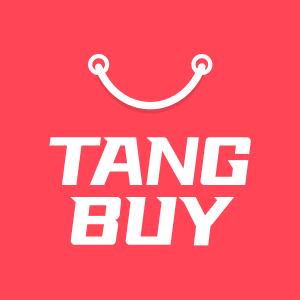Dropshipping vs Amazon FBA Which Business Model Makes More Money in 2025
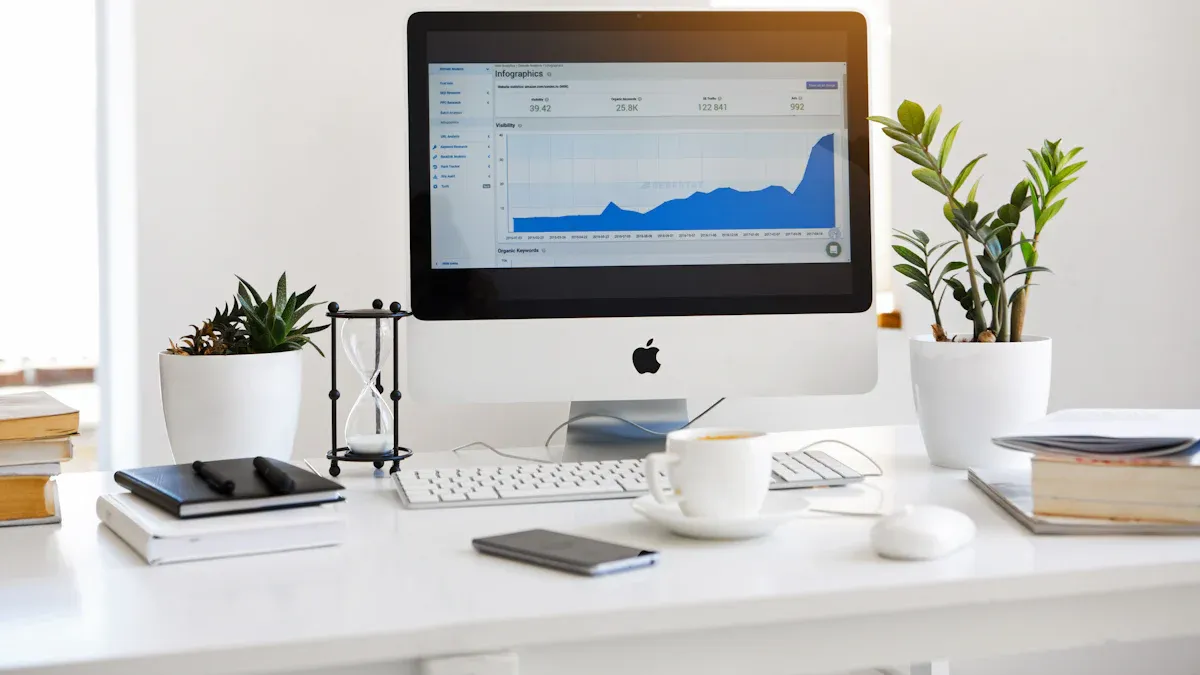
If you're trying to decide between dropshipping vs Amazon FBA for the most profitable business model in 2025, Amazon FBA clearly comes out ahead. When comparing dropshipping vs Amazon FBA, Amazon offers higher profit margins, typically ranging from 15% to 30%, while dropshipping margins usually fall between 10% and 20%. Another advantage of Amazon FBA is Prime eligibility, which can boost sales by up to 40%. Although dropshipping requires a lower startup cost, Amazon FBA provides access to a larger customer base and better order fulfillment. To make the best choice between dropshipping vs Amazon FBA, consider factors like startup costs, risks, growth potential, and how each aligns with your business goals.
Model | Startup Cost | Profit Margin | Success Rate |
|---|---|---|---|
Dropshipping | Under $500 | 10%–20% | 10%–20% |
Amazon FBA | $2,000–$5,000 | 15%–30% | 64% profitable/year |
Key Takeaways
Amazon FBA gives you more profit and Prime customers. This helps you build a bigger and better business.
Dropshipping needs less money to start and is easy to begin. But you make less money and it is hard to grow. There is a lot of competition and supplier problems.
Amazon FBA takes care of storage, shipping, and returns for you. This lets sellers control how customers feel and protect their brand.
Dropshipping lets you try many products fast with little risk. But you cannot control shipping or product quality as much.
Pick dropshipping if you want to start cheap and be flexible. Pick Amazon FBA if you want more money, faster growth, and more control.
Dropshipping vs Amazon FBA Overview
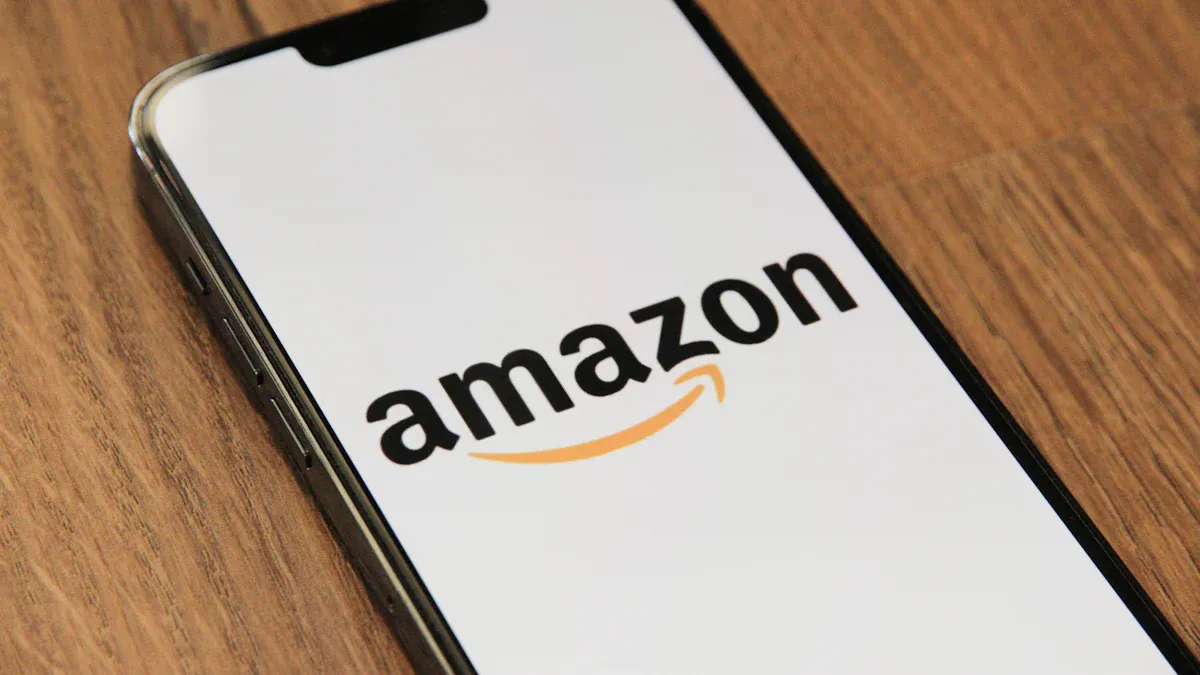
What Is Dropshipping?
Dropshipping is a way to sell things online without keeping them in stock. You make a store on the internet and show products for sale. When someone buys something, you order it from a supplier. The supplier sends the item straight to your customer. You do not have to keep any products or ship them yourself. Many people like dropshipping on amazon because it costs less to start and is less risky.
Here is how dropshipping works in 2025:
You build an online store and pick what to sell.
When someone orders, you tell your supplier.
The supplier ships the item to your customer.
You make money from the price difference.
Dropshipping on amazon lets you try many products and work from anywhere. But there are problems like small profits, lots of other sellers, and less control over shipping and packaging. You have to trust your suppliers to do a good job. To do well with this business model, you need to market your store and help customers.
What Is Amazon FBA?
Amazon FBA means Fulfillment by Amazon. With FBA, you buy many products at once and send them to amazon’s warehouse. Amazon keeps your products, packs orders, ships them, and handles returns. You focus on finding products, sending them to amazon, and telling people about your store. Many sellers use amazon fba because it gives Prime shipping, which brings more buyers.
Here is how dropshipping is different from FBA:
With FBA, you pay more at the start because you buy inventory.
Amazon stores, ships, and helps customers for you.
You can reach more buyers and get the Prime badge, which helps sales.
Amazon dropshipping is not the same as FBA. In amazon dropshipping, you do not own the products. With FBA, you buy the products and let amazon ship them. FBA gives you more control over your brand and how customers see your store. But you must watch your inventory and pay amazon’s fees.
Tip: Look at the table below to compare dropshipping and amazon fba in 2025.
Aspect | Dropshipping (2025) | Amazon FBA (2025) |
|---|---|---|
Inventory Handling | Seller does not keep products; supplier ships to customer. | Seller buys products and sends them to Amazon’s warehouse. |
Order Fulfillment | Supplier ships to customer after seller orders from supplier. | Amazon stores, packs, ships, helps customers, and handles returns. |
Seller Responsibilities | List products, set prices, help customers, check suppliers, follow Amazon rules. | Find products, send them to Amazon, market your store, and manage inventory. |
Startup Costs | Lower cost to start; no need to buy products first. | Higher cost at the start because you buy products and pay FBA fees. |
Fees | Amazon and supplier fees; usually lower but profits are small. | Pay for storage, shipping, and service; costs more but can sell more. |
Customer Experience Control | Not much control; supplier handles shipping and packaging. | More control over packaging and shipping because Amazon does it. |
Prime Eligibility | No Prime badge, so fewer people may see your products. | Can get Prime badge, which helps you sell more. |
Scalability | Harder to grow because of small profits and supplier issues. | Easier to grow because Amazon helps with shipping and storage. |
Risks | Suppliers may be slow, your account could get suspended, or you may break rules. | You pay storage fees, have less say in packaging, and face price competition. |
Suitable For | Good for people with little money, want to test products, or work from anywhere. | Good for sellers who want more control, to grow bigger, and get Prime benefits. |
Both dropshipping and amazon fba are ways to start an ecommerce business. Dropshipping on amazon is good if you want less risk and more freedom. Amazon fba is better if you want more control, higher sales, and access to Prime customers.
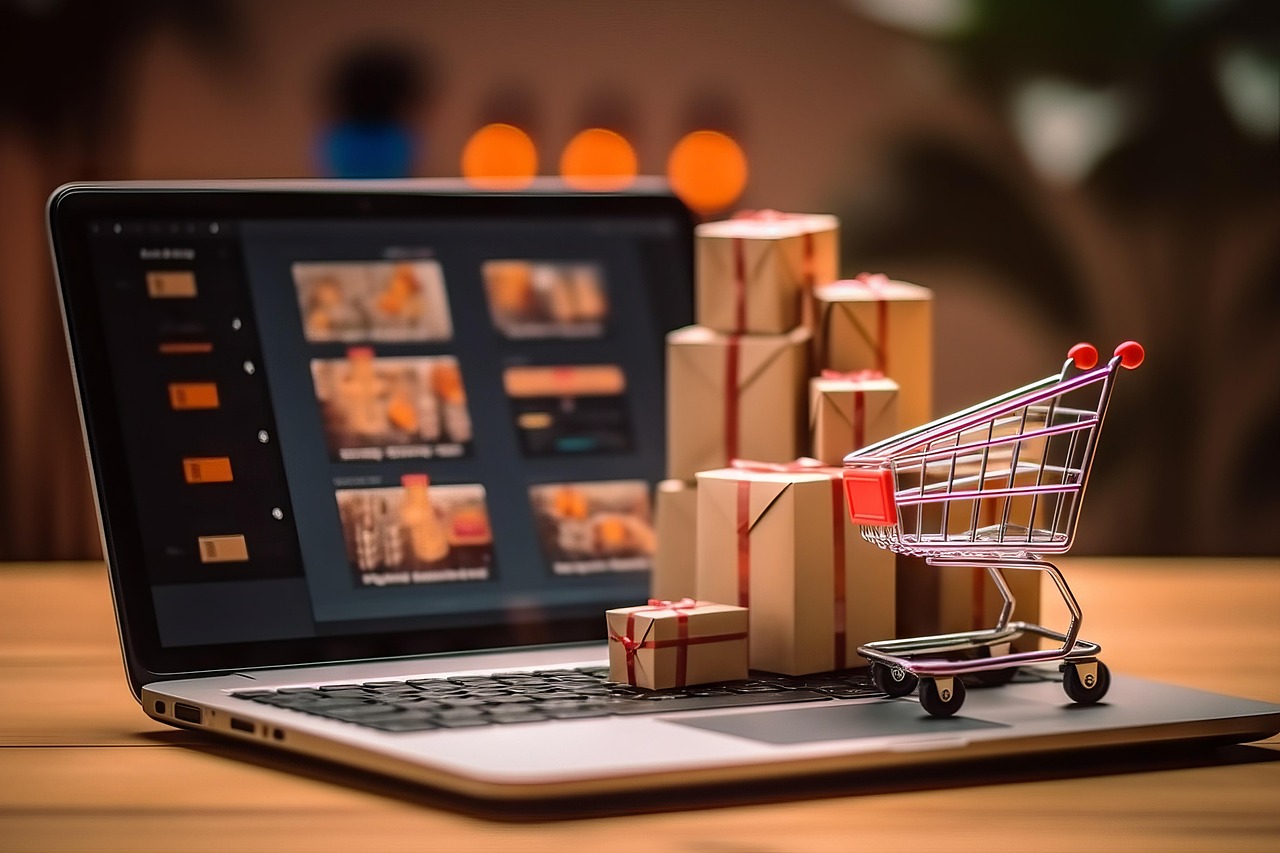
Profit Models
Dropshipping Revenue & Margins
You make money in dropshipping by selling things online. You do not buy products before you sell them. You put items for sale in your store or on Amazon. When someone buys, you order from a supplier. The supplier sends the item to your customer. Your profit is the difference between your price and the supplier’s price, after fees.
Profit margins in dropshipping are usually 15% to 20% in 2025. Some sellers get up to 30% margins with expensive products or cheap suppliers. The dropshipping market is growing fast. Experts think it will reach $558 billion by 2025. You can earn $50 to $5,000 each day, based on what you sell, your ads, and repeat buyers. On Amazon, some dropshippers make $1,000 to $50,000 every month. This depends on your brand, customer help, and prices.
Tip: To make more money, sell popular products, offer related items, and keep supplier costs low.
Here is a look at average dropshipping profits:
Experience Level | Average Monthly Sales | Cost of Goods Sold | Other Fees | Estimated Net Profit |
|---|---|---|---|---|
Beginner | $5,000 | $3,000 | $500 | $1,500 |
Intermediate | $25,000 | $18,000 | $1,000 | $6,000 |
Dropshipping has problems like lots of competition and supplier risks. Products that get returned a lot, like electronics or clothes, can lower your profit. Tariffs and shipping costs also change your margins. You must handle ads, customer help, and platform fees to keep your business making money.
Amazon FBA Revenue & Margins
Amazon FBA lets you sell by sending products to Amazon’s warehouses. Amazon stores, packs, ships, and takes care of returns. You focus on finding products, buying stock, and running your business. Most sellers use FBA because it gives access to many buyers and Prime shipping.
In 2025, about 82% of Amazon sellers use FBA. The average profit margin for FBA sellers is about 21%. Many sellers get over 20% margins if they control costs and use Amazon’s tools. The average small business on Amazon makes $290,000 in sales each year, with $29,000 in profit.
Amazon takes about half your money through fees and ads. The cost of goods sold is another 20% to 30%. You can make more profit by using Amazon’s FBA calculator, managing stock well, and watching ad costs.
Here are some important Amazon FBA numbers for 2025:
Statistic | 2025 Figure/Insight |
|---|---|
Registered Amazon Sellers (Global) | 9.7 million |
Active Amazon Sellers | 2.5 million |
Percentage Using FBA | 82% |
Average Seller Profit Margin | 21% |
Amazon Prime Subscribers (Global) | 220 million |
Average US SMB Seller Annual Sales | $290,000 |
Most FBA sellers make a profit, with 87% earning money and 58% doing it in their first year. You get help from Amazon’s trusted name, fast shipping, and customer service, which helps you grow your business faster.

Head-to-Head Amazon FBA vs Dropshipping
When you compare dropshipping and Amazon FBA, you see big differences in how they make money. Dropshipping costs less to start and lets you try products with less risk. Amazon FBA needs more money at the start, but you get higher profits and more sales.
Here is a side-by-side amazon fba vs dropshipping comparison for 2025:
Aspect | Dropshipping | Amazon FBA |
|---|---|---|
Startup Investment | Low (<$2,000) | Higher ($5,500 - $13,500) |
Monthly Costs | Minimal | $400 - $1,500 |
Customer Acquisition | You must market and build your audience | Amazon brings 200 million monthly visitors |
Profit Margins | Lower (15%–20%) | Higher (21%+), can reach 30% |
Operational Control | You handle marketing and customer service | Amazon manages fulfillment and returns |
Risks | Supplier quality, high competition | Amazon’s rules, fees, and limited customer data |
You get more control and freedom with dropshipping, but profits are smaller and there is more competition. Amazon FBA gives you higher profits, easier growth, and access to Prime customers, but you must spend more money at the start and pay more fees.
Note: If you want a big ecommerce business with strong profit, Amazon FBA gives you more tools and more buyers. If you want to start small and test products, dropshipping may be better for you.
The amazon fba vs dropshipping debate in 2025 shows both models work, but Amazon FBA stands out for higher profits, easier growth, and better support for business success.
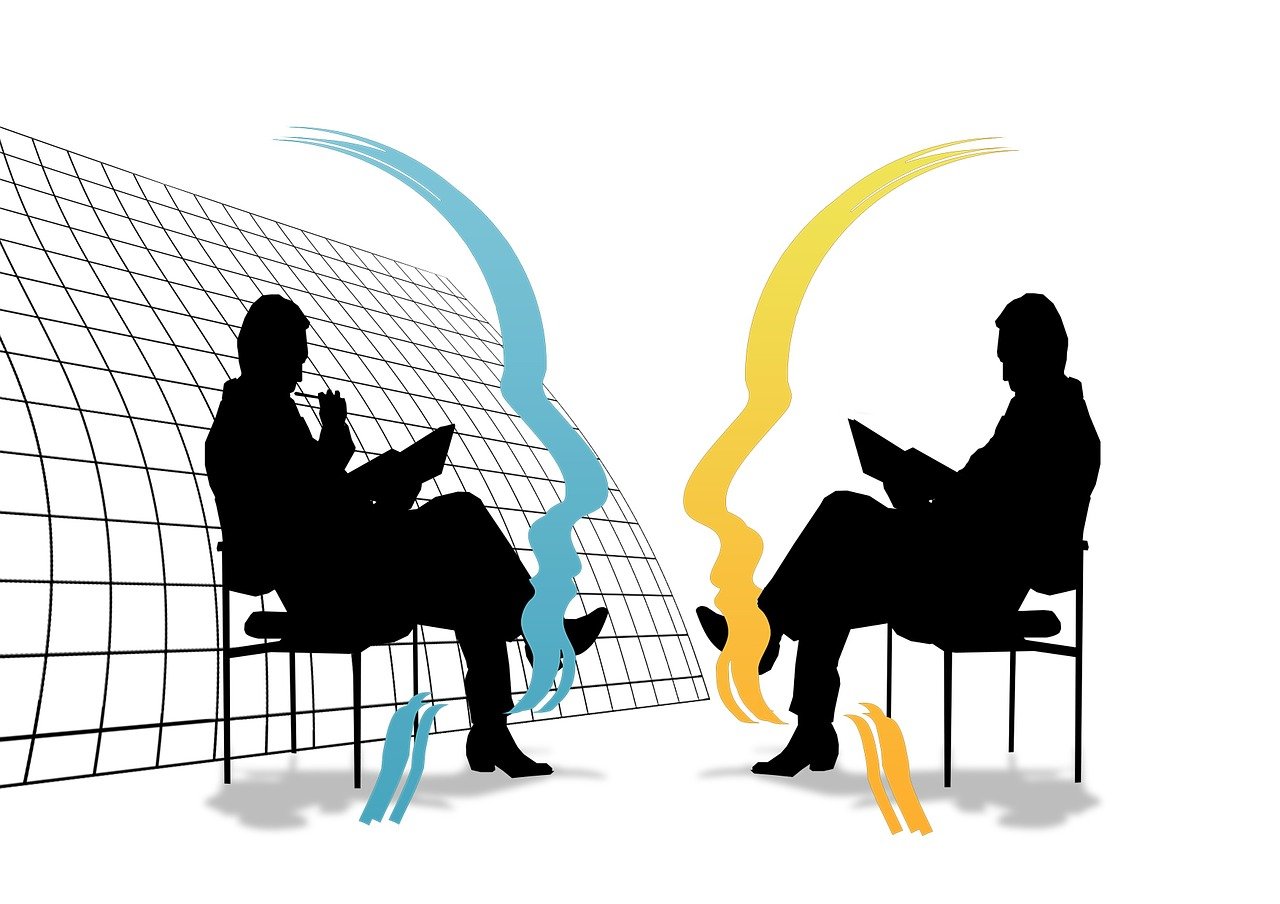
Costs & Risks
Startup Costs
When you start a business, you need to know your costs. Dropshipping does not need much money at first. You do not buy products before you sell them. You can start dropshipping with a small amount of money. Most people spend $200 to $500 to set up a website, get product samples, and run ads. If you use Shopify, you pay about $39 each month for your store. You also spend some money on marketing and design.
Amazon FBA needs more money to begin. The amount depends on the type of FBA business you pick. If you do retail arbitrage, you can start with about $500. Wholesale FBA needs around $5,000 because you buy more products at once. If you want your own product, you may need $10,000 to $20,000 for making products, buying stock, and paying Amazon fees.
Here is a table to help you compare the startup costs for dropshipping and Amazon FBA in 2025:
Business Model | Startup Cost Range (2025) | Key Cost Components |
|---|---|---|
Dropshipping | $200 - $500 | Website setup, product samples, marketing, registration |
Amazon FBA (Arbitrage) | Around $500 | Inventory, Amazon fees, storage, fulfillment |
Amazon FBA (Wholesale) | Around $5,000 | Larger inventory, Amazon fees, storage, fulfillment |
Amazon FBA (Own Product) | $10,000 - $20,000 | Product development, inventory, Amazon fees, storage |
If you do not have much money, dropshipping is a good way to start. Amazon FBA is better if you have more money and want a bigger business.
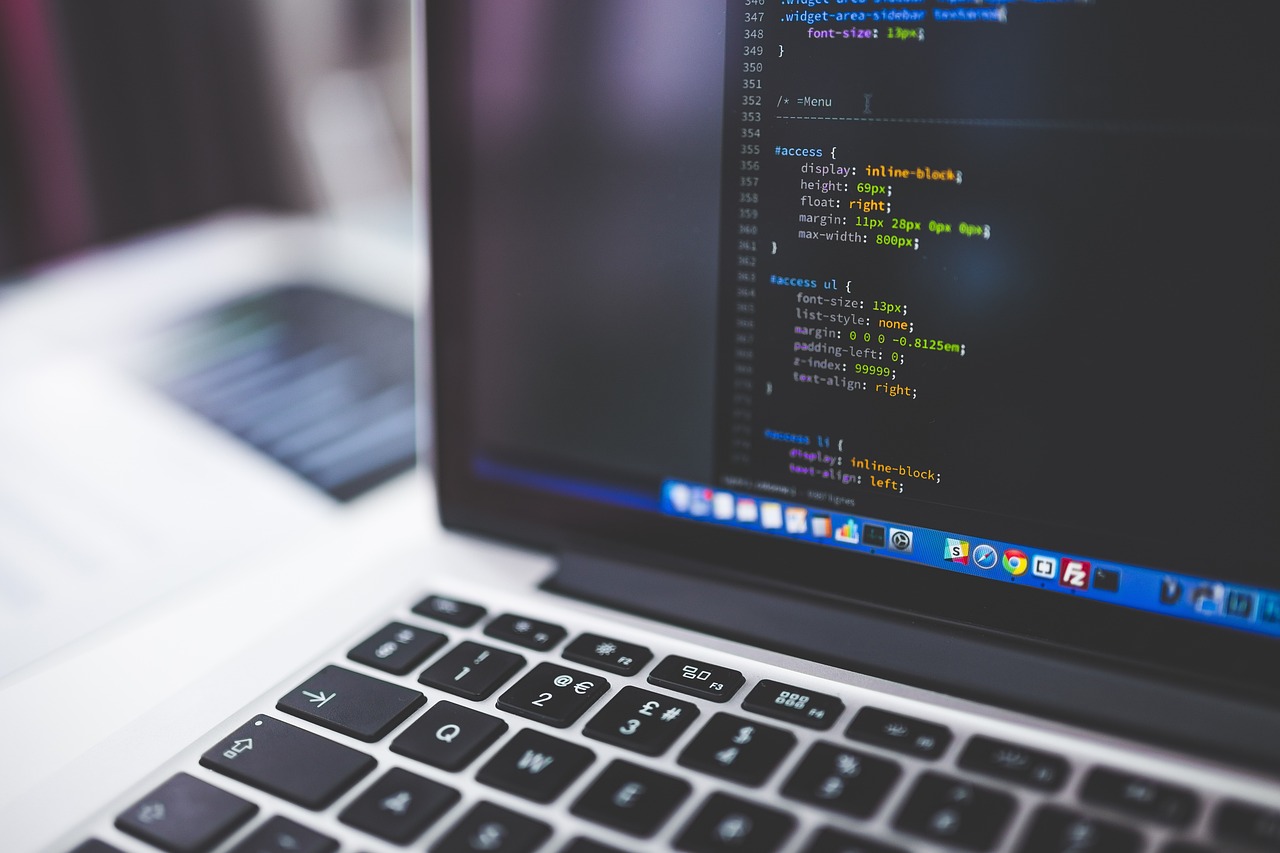
Ongoing Expenses
After you start your business, you will have monthly costs. Dropshipping has lower monthly costs. You pay for your online store, ads, and some apps or tools. Most dropshipping businesses spend about $500 each month on ads. You also pay small fees to Amazon or Shopify for each sale.
Amazon FBA has higher monthly costs. You pay Amazon storage fees, shipping fees, and referral fees for every sale. If you use FBA, you also pay for restocking inventory and sometimes for returns. These costs can add up, but you get access to Amazon’s big customer base and Prime shipping.
Here are some common ongoing expenses for each model:
Dropshipping:
Store subscription (Shopify or Amazon)
Advertising (Google, Facebook, TikTok)
Apps and design tools
Transaction fees
Amazon FBA:
Amazon storage and fulfillment fees
Inventory restocking
Amazon advertising
Returns and refunds
You should watch your monthly costs to keep your business making money. Amazon FBA costs more, but you can earn more if you run your business well.
Risk Factors
Every business has risks. Dropshipping and Amazon FBA have different risks. Dropshipping has low money risk because you do not buy stock first. But you have less control over product quality and shipping times. If your supplier makes a mistake, your customer may leave a bad review. There is also a lot of competition. In 2025, there are almost 5 million Shopify stores, so it is hard to stand out. Customers want to see real brands and trust signs. If your store looks plain, people may not buy from you.
Amazon FBA has higher money risk. You must buy stock before you sell it. If your products do not sell, you lose money. Amazon controls your account, so if you break rules, they can stop your business. You have more control over product quality and shipping, but you depend on Amazon’s platform. Intellectual property complaints and rule changes can also hurt your business.
Here is a table that shows the main risks for dropshipping and Amazon FBA:
Aspect | Dropshipping Risks and Characteristics | Amazon FBA Risks and Characteristics |
|---|---|---|
Inventory Handling | No inventory storage; limited control over stock | Inventory stored in Amazon centers; upfront investment risk |
Shipping and Fulfillment | Suppliers handle shipping; less control over delivery times | Amazon manages shipping; reliable delivery |
Upfront Costs | Lower upfront costs; no inventory purchase | Higher upfront costs; inventory and storage fees |
Control | Limited control over product quality and stock | Greater control over quality and fulfillment |
Customer Experience | Longer shipping times, inconsistent quality, risk of negative reviews | Consistent experience, but depend on Amazon policies |
Profit Margins | Lower margins due to competition and shipping costs | Higher margins with good inventory and marketing |
Business Model Risk | Lower financial risk, higher operational risk (IP complaints, policy issues) | Higher financial risk, platform control, account suspension risk |
Dropshipping on Amazon has extra risks. You must follow strict rules, help customers, and remove supplier branding. If you resell branded products without permission, you may lose your listing or money.
Scalability
Scalability means how easy it is to grow your business. Dropshipping lets you test many products fast. You do not need to buy stock, so you can add or remove products anytime. But as your business grows, you may have problems with suppliers, shipping delays, and unhappy customers. Small profit margins make it hard to grow fast. You need to spend more on ads to get new customers, and competition is tough.
Amazon FBA makes it easier to grow your business. Amazon handles storage, packing, and shipping for you. You can focus on finding new products and building your brand. With FBA, you get access to millions of Amazon customers and Prime members. You can sell more products without worrying about shipping or returns. The pros and cons of FBA include higher costs and more rules, but you get better tools to grow your business.
If you want to build a big business, Amazon FBA gives you more room to grow. Dropshipping works well for testing ideas or starting with less money, but growing is harder.
Quick Comparison: Pros and Cons
Here is a quick look at the pros and cons of dropshipping and FBA for costs and risks:
Pros and cons of dropshipping:
✅ Low money risk, easy to start, flexible product testing
❌ Less control, lower profit margins, hard to grow, high competition
Pros and cons of FBA:
✅ Higher profit margins, better customer experience, easy to grow
❌ Higher startup cost, more rules, risk of account suspension
Think about your budget, risk level, and business goals before you choose. Dropshipping is best for beginners with little money. Amazon FBA is better if you want to spend more and build a long-term business.

Real-World Results
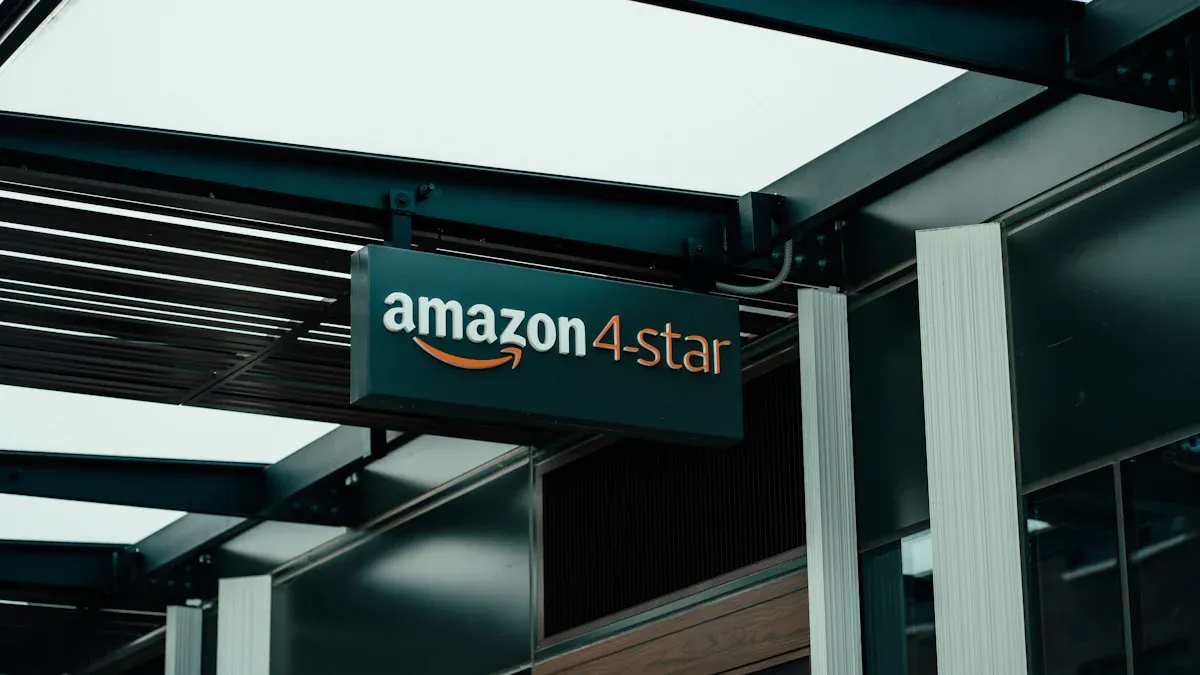
Success Rates
There are big differences in success rates for these models. Most people who try dropshipping do not make money fast. Over 90% of dropshippers fail in their first month. Only about 10% to 20% keep going and earn money. Amazon FBA sellers have a better chance to make a profit. Many Amazon FBA sellers make money in their first year. You can see these numbers in the table below:
Metric | Percentage / Estimate |
|---|---|
Dropshippers failing in 1st month | Over 90% |
Estimated dropshipping success rate | 10-20% |
If you want to do well in dropshipping, you must pick good products. You also need to market your store and help customers. Amazon FBA gives you a stronger platform, but you still need to run your business well.

Case Studies
There are many stories about people making money with both models. One Amazon dropshipper made over $60,000 in six months without ads. This shows you can win if you find the right niche. The dropshipping market keeps getting bigger. In 2020, it was worth $128.6 billion. Experts think it will reach $476.1 billion by 2026.
Here are some real examples:
Case Study | Channel | Product Type | |
|---|---|---|---|
Fashion Clothing | Clothing (S-5XL) | > $5,000 | |
Comfortable Footwear | Competitor Ads | Shoes | ~$2,800 |
Home Lighting | AdSpy Tool | LED Lights | > $3,000 |
These stories show both dropshipping and Amazon FBA can work. You need to pick the right products and market them well.
Common Challenges
Both dropshipping and Amazon FBA have problems you must face. Dropshipping lets you start with little money and no inventory. You can add or remove products any time. But you get less profit because suppliers charge more. You also have less control over shipping and product quality. There is a lot of competition, so it is hard to stand out.
Amazon FBA needs more money at the start. You must buy inventory and pay fees for storage and shipping. Amazon gives you more control over your brand and faster shipping. You can get more profit if you manage costs well. Still, you must watch your cash, deal with lots of other sellers, and follow Amazon’s rules.
Amazon FBA Challenges | Dropshipping Challenges | |
|---|---|---|
Upfront Costs | Bulk inventory purchase, cash flow tied up | No upfront inventory costs |
Fulfillment Control | Amazon handles shipping | Supplier handles shipping |
Competition | High among amazon sellers | High in popular dropshipping niches |
Higher if managed well | Lower due to supplier markups |
Tip: Always check your costs and watch for rule changes or supplier problems. This helps you avoid mistakes and grow your business.
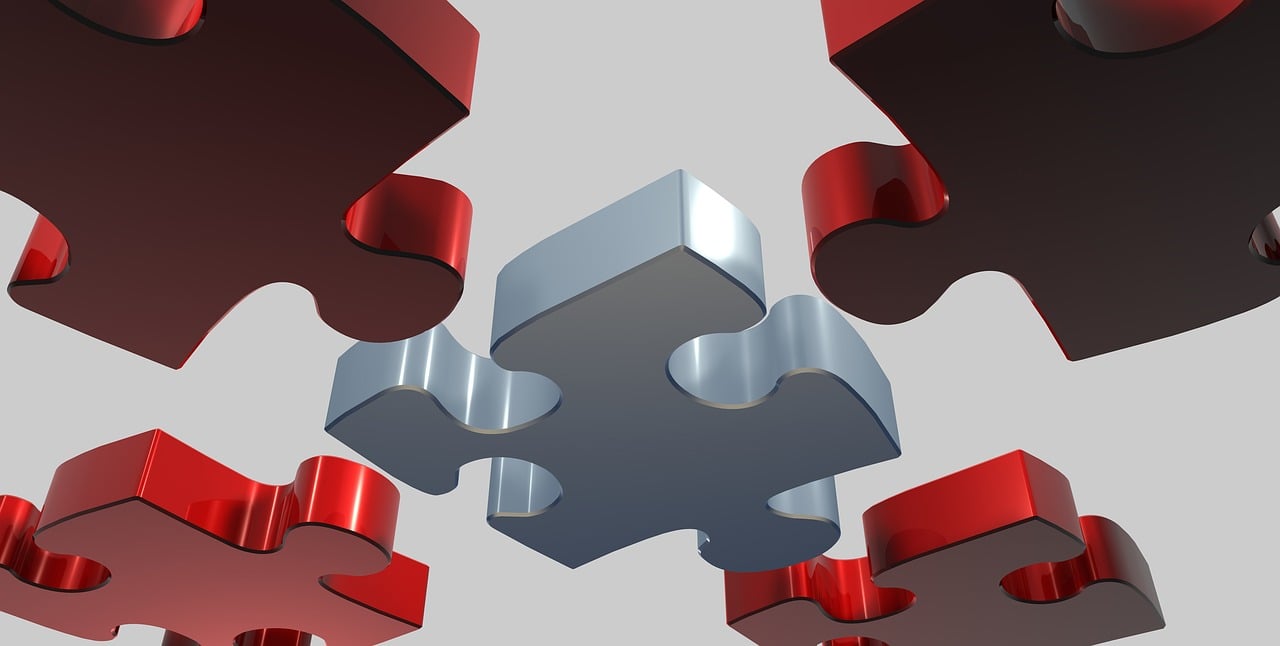
Difference Between Amazon FBA and Dropshipping
Inventory Ownership
It is important to know how amazon fba and dropshipping handle inventory. With dropshipping, you do not buy products first. You only pay for items after someone orders. This means you do not own any stock or pay for storage. You can spend your money on ads or trying new products. But you cannot control how much stock there is or if the products are good. In amazon fba, you buy products before you sell them. You send them to amazon’s warehouse. You own the items until they are sold. This gives you more control, but you must spend more money at the start. If your items do not sell, you lose money.
Amazon FBA | Dropshipping | |
|---|---|---|
Inventory Ownership | Sellers purchase and send inventory upfront to Amazon fulfillment centers, owning the stock | No upfront purchase; products bought only after customer orders, no inventory ownership |
Inventory Risk | High initial inventory risk and costs | No inventory risk |

Fulfillment & Shipping
Amazon fba and dropshipping are different in how they ship orders. With dropshipping, your supplier ships the products. This can be slow and cost more, especially with many suppliers. Sometimes, orders are late or cost extra. Amazon fba uses amazon’s shipping system. You get fast shipping and can use Prime. Amazon packs, ships, and takes care of returns. This makes your store look more trustworthy and helps you get more buyers. Amazon fba gives you better shipping and lower costs than dropshipping.
Dropshipping often has slow shipping and unhappy customers.
Amazon fba gives fast delivery and better stock control.
Dropshipping can mean many packages, which can confuse buyers.
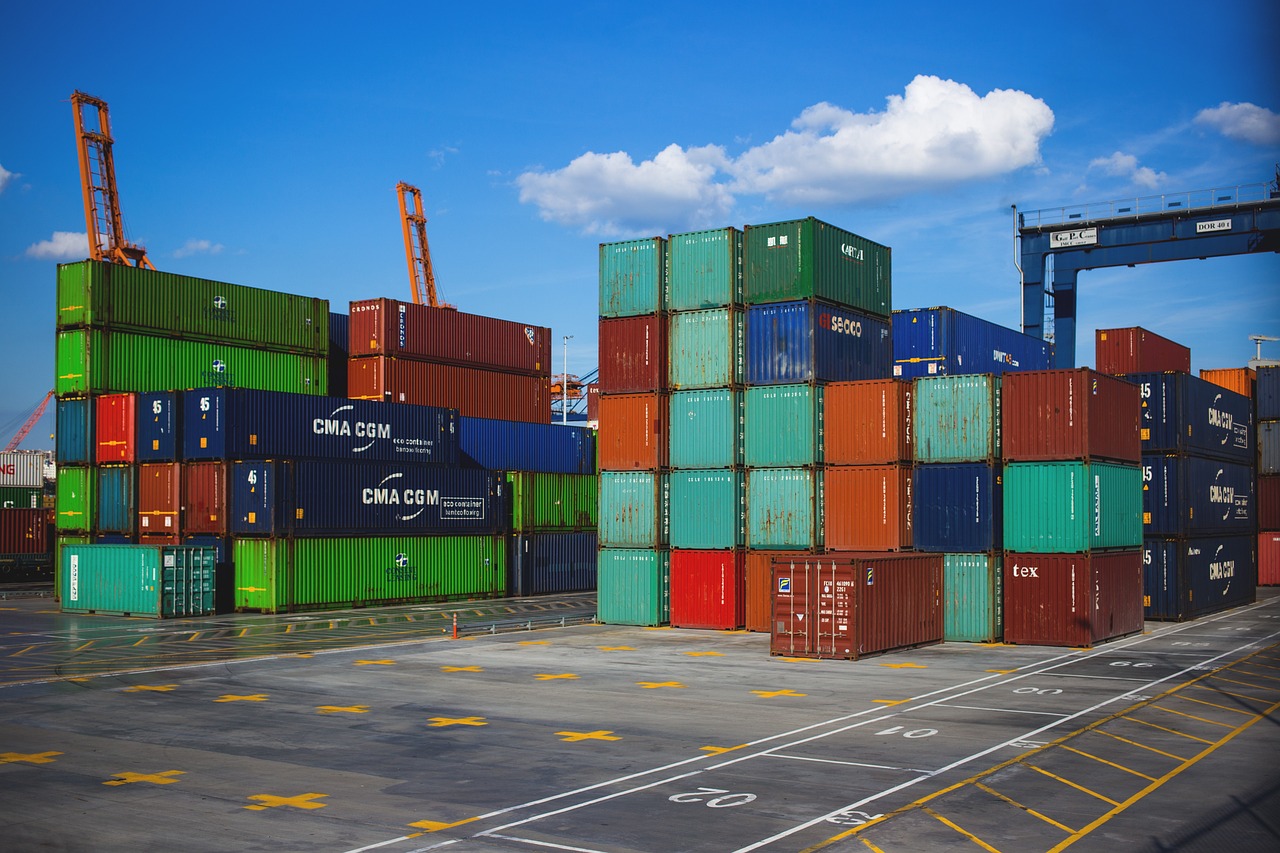
Brand Control
Brand control is also very different between amazon fba and dropshipping. In dropshipping, you cannot choose the packaging or how your product looks. Suppliers may use their own boxes or plain ones. This makes it hard to build a brand people remember. With amazon fba, you can use amazon’s boxes or make your own. You can add special notes or extras. This helps your store stand out and makes buyers trust you more. Fba lets you shape how people see your brand.
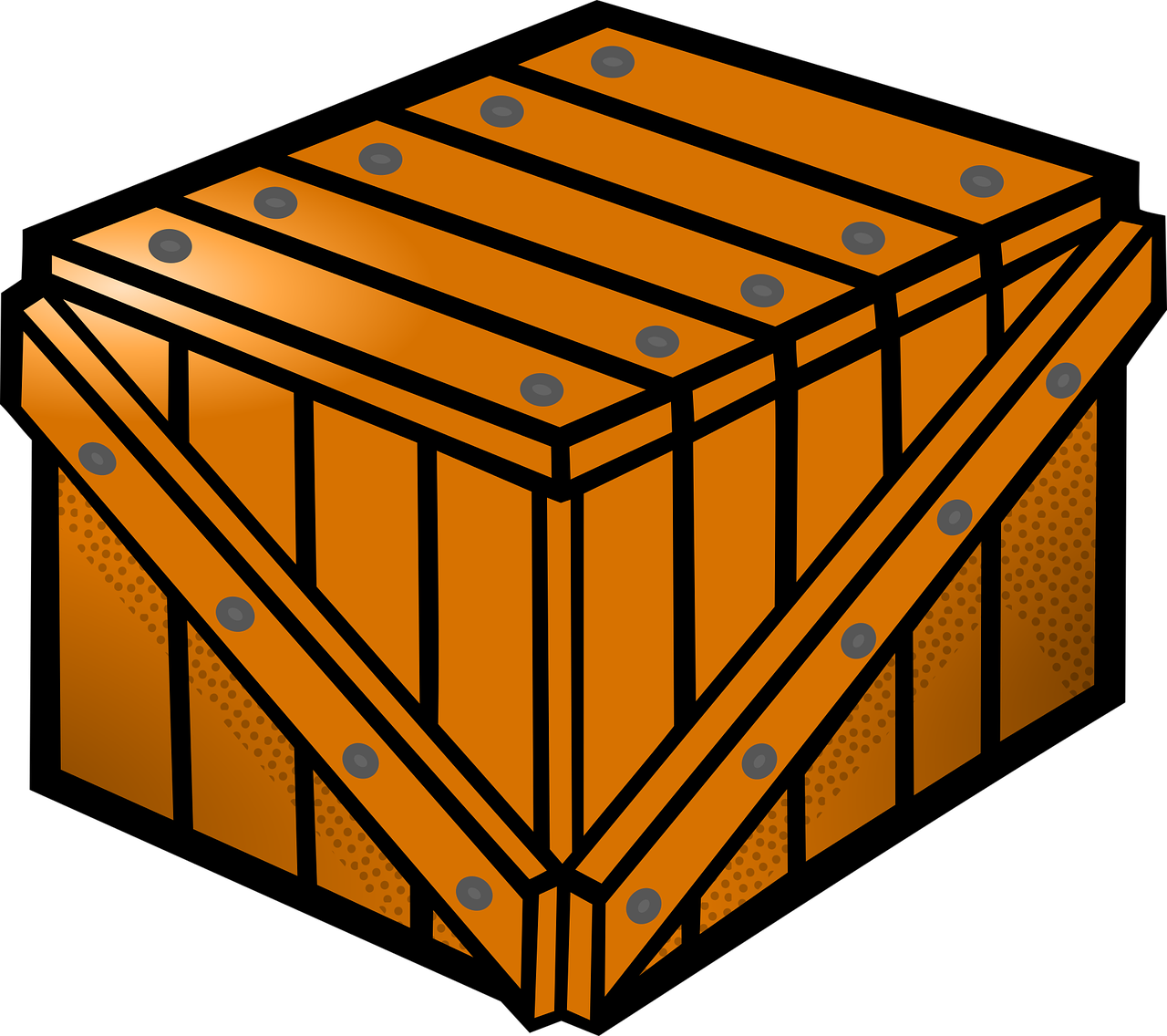
Customer Experience
Customer experience is another big difference between amazon fba and dropshipping. With dropshipping, buyers wait longer for their orders. Shipping can take weeks if the supplier is far away. Product quality can change each time. You have to fix problems from suppliers, which can mean refunds or bad reviews. Amazon fba gives buyers fast shipping and good quality every time. The Prime badge makes people trust your store. Fba does the shipping for you, so you spend less time helping customers. Most people like amazon fba because it is faster and more reliable than dropshipping.
Dropshipping buyers wait longer and may get bad products.
Amazon fba buyers get quick shipping, nice packaging, and better service.
You can see the difference in customer reviews and how often people buy again.
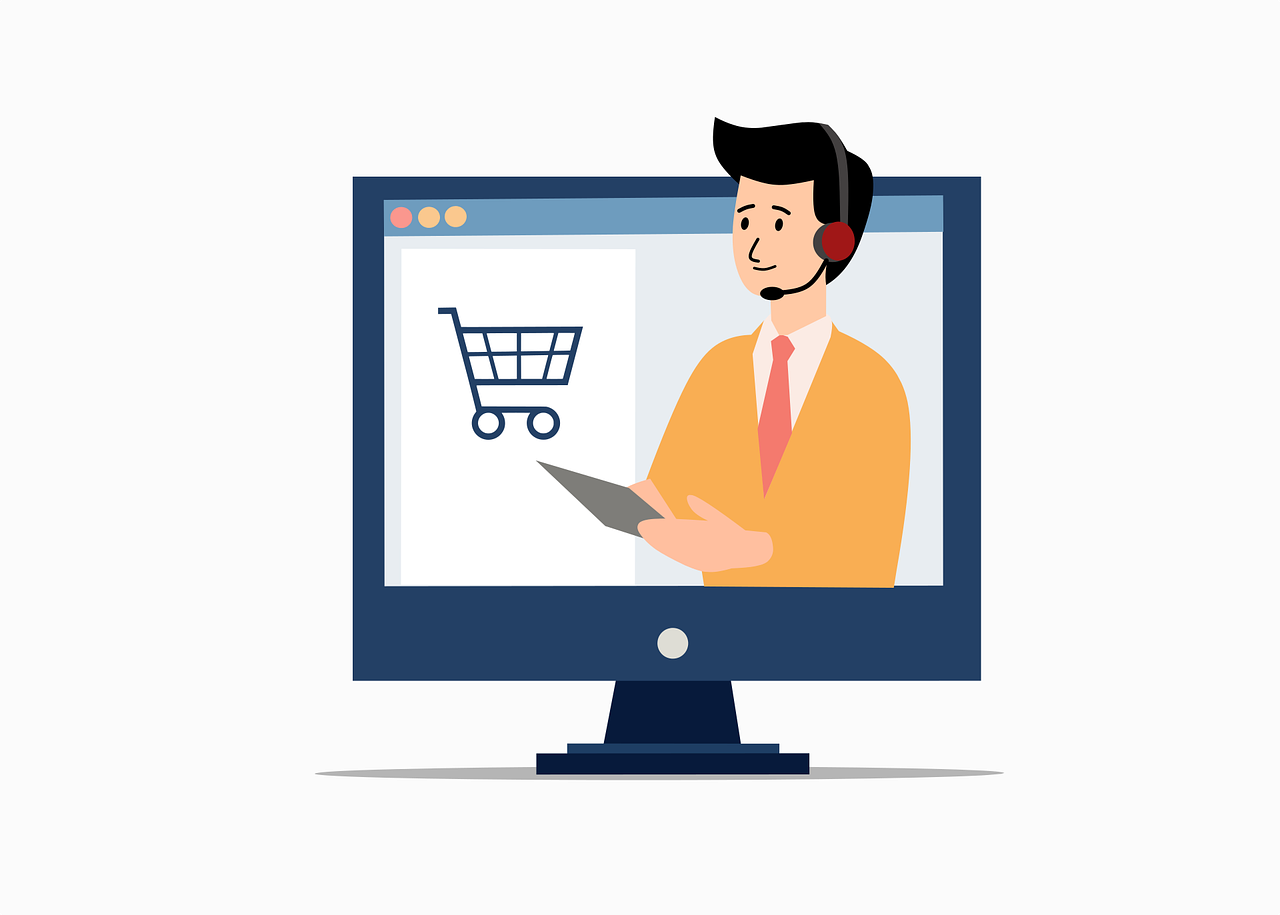
Which Model Fits You?
Business Goals
Think about what you want from your business. Dropshipping is good if you do not have much money. You can try out lots of products and change your store fast. If you want more control over your store and who buys from you, dropshipping helps with that, especially on Shopify. Amazon FBA is better if you want to build a strong brand and reach more people. You can use Amazon’s big group of shoppers and their trusted shipping. FBA helps you grow your business faster and can get you noticed by investors. Some things, like private label cosmetics or fitness gear, sell better with Amazon FBA. Decide if you want more control, fast growth, or to build a brand people know.
Dropshipping: low cost, quick testing, more control, but higher risk of losing your account.
Amazon FBA: costs more, reaches more buyers, grows easier, and is better for building a brand.
Budget & Experience
How much money and experience you have matters. Dropshipping is cheaper, so it is good for beginners or people with less money. You can start and learn as you go. Amazon FBA needs more money at the start for buying products and paying fees. If you know more or want a bigger business, FBA is a better choice. Amazon FBA lets you let Amazon ship your orders so you can focus on growing. You can use FBA for fast-selling things and dropshipping for special items. Is dropshipping better on Amazon or Shopify? Shopify gives you more control, but Amazon brings more shoppers.
Dropshipping: best for trying new things, learning, and starting with less risk.
Amazon FBA: best for people with more money and experience who want to grow bigger.
Actionable Tips
Follow trends like eco-friendly products and remote work to stay up-to-date in 2025. 2. Use tools like Google Trends and social media to find new product ideas. 3. Look at how big the market is, how fast it is growing, and how many others are selling before you start dropshipping or selling on Amazon. 4. Make your business flexible so you can change when things change. 5. Try both dropshipping and FBA to sell more things and lower your risk. 6. Keep coming up with new ideas and listen to your customers to help your business grow. 7. Be honest and open to make people trust you. 8. Test your ideas before you try to grow big and set clear goals for your Amazon business.
Tip: Is dropshipping better on Amazon or Shopify? Shopify lets you do more your way, but Amazon FBA helps you grow faster if you want a big business.
Amazon FBA is the better way to make money in 2025. You can earn more profit and have more control. Prime shipping helps you get more customers. Dropshipping is easier to start and costs less, but you do not control shipping or customer help as much.
With FBA, you pay more at the start and have bigger fees, but Amazon ships your orders and handles returns.
Dropshipping costs less to begin, but shipping takes longer and there are more sellers to compete with.
Model | Startup Cost | Control Over Fulfillment | Customer Experience |
|---|---|---|---|
Dropshipping | Low | Low | Varies |
Amazon FBA | High | High | Consistent |
Pick the business model that fits your money, your goals, and how much control you want.
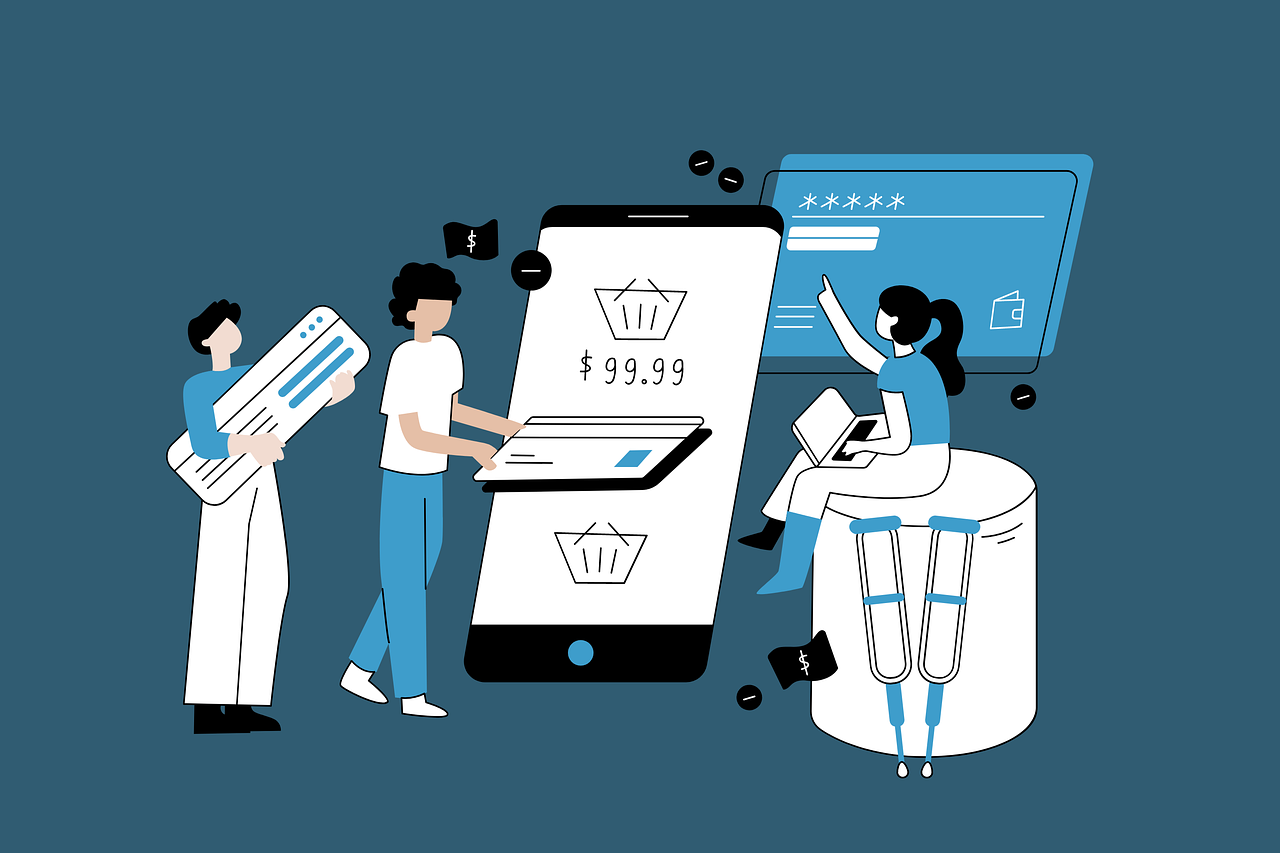
FAQ
What is the main difference between dropshipping and Amazon FBA?
You do not own inventory in dropshipping. You buy products only after a customer orders. In Amazon FBA, you buy products first and send them to Amazon. Amazon stores and ships your products for you.
Can you start dropshipping or Amazon FBA with no experience?
Yes, you can start both models as a beginner. Dropshipping is easier for first-timers because you need less money. Amazon FBA needs more planning and money, but you can learn as you go.
Which business model is less risky for beginners?
Dropshipping has lower financial risk. You do not buy inventory upfront. You only pay for products after you make a sale. Amazon FBA needs more money at the start, so you risk losing more if products do not sell.
How long does it take to make money with each model?
You can see results in dropshipping within a few weeks if you pick good products and market well. Amazon FBA may take longer because you need to buy and ship inventory first. Most FBA sellers see profits in a few months.

TangBuy: A Smarter Way to Dropship in 2025
If you're looking to stay competitive with dropshipping in 2025, speed and trend-awareness are key. TangBuy helps you stay ahead with real-time product trends, fast fulfilment, and factory-direct sourcing. With over 1 million ready-to-ship items, 24-hour order processing, and seamless Shopify integration, TangBuy makes it easier to test, scale, and succeed in today's fast-moving eCommerce landscape.
See Also
Top Dropshipping Concepts To Generate Income In 2025
Choosing Between Amazon And eBay For Online Success 2025
Understanding The Real Expenses Of Dropshipping In 2025
